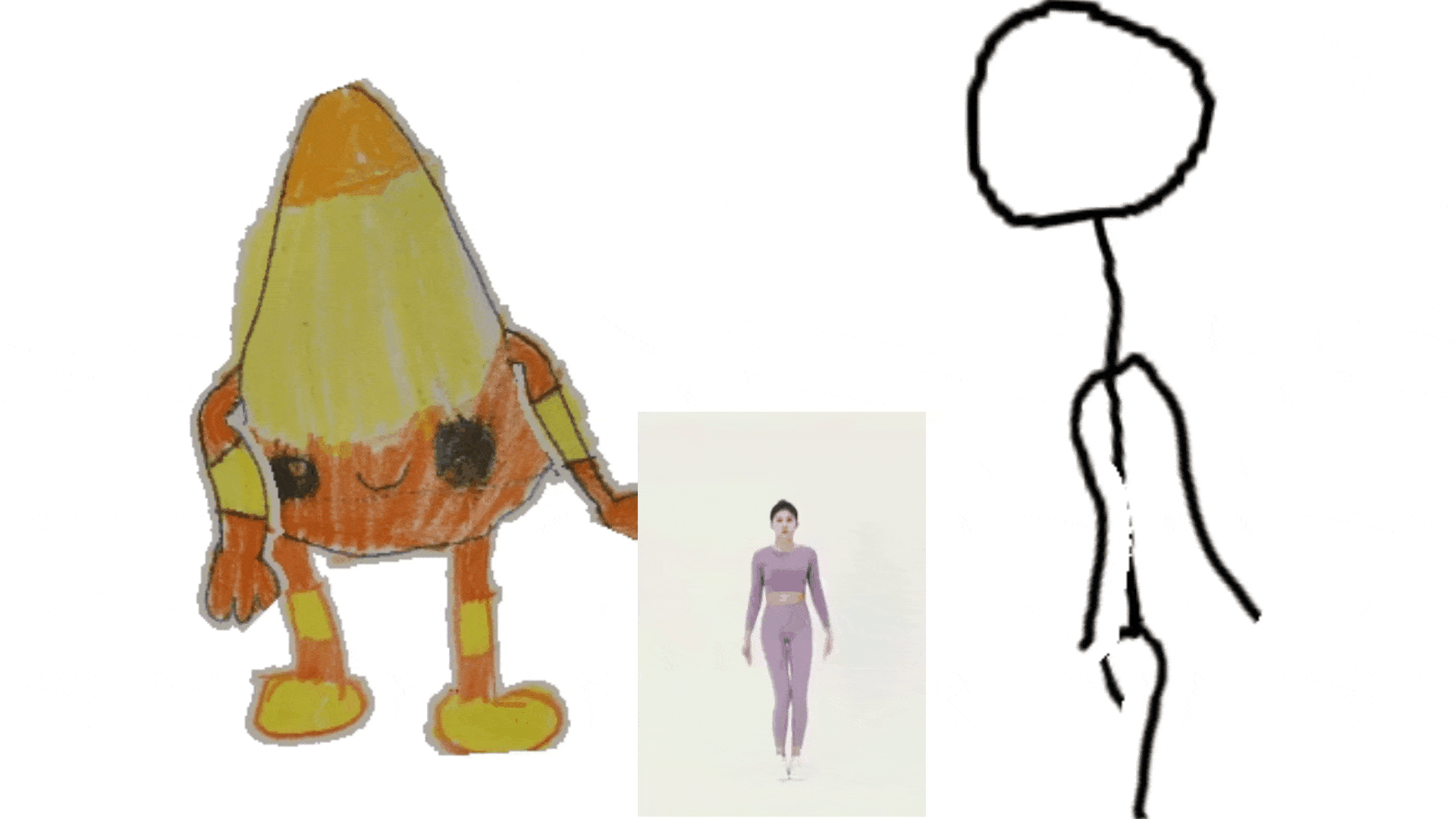This is the simplified version of facebookresearch/AnimatedDrawings: Code to accompany "A Method for Animating Children's Drawings of the Human Figure" (github.com) . here we can custom your monocular video and drawing as input, framework will automatically generate corresponding animation. All processes are in end-to-end way.
If you want to see more details in initial README.md, clik here.
Here are some generated 2D animation:
| Demo1 | Demo2 | Demo3 |
|---|---|---|
 |
 |
 |
Tips: We also provide an interactive frontend-backend separation system. For more details, please see fronted-branch and backend-branch. You need to start the backend first, and then the frontend.
| Step1 | Step2 | Step3 | Step4 |
|---|---|---|---|
 |
 |
 |
 |
This project has been tested with Windows 11. If you're installing on another operating system, you may encounter issues.
We strongly recommend activating a Python virtual environment prior to installing Animated Drawings. Conda's Miniconda is a great choice. Follow these steps to download and install it. Then run the following commands:
# create and activate the virtual environment
conda create --name animated_drawings python=3.8.13
conda activate animated_drawings
# clone AnimatedDrawings and use pip to install
git clone https://github.com/Brian417-cup/AnimatedDrawings
cd AnimatedDrawings
pip install -e .Now, to simplify process, all you need to do is provide a drawing and a single person video to generate an animation in the offline mode and virutal conda environment locally!!
Here are tips:
- Download the corresponding resource file from the provided link, and then put them under corresponding directories respectively:
| resource name | target directory |
|---|---|
| sketch_detector.onnx | examples/offline_res/checkpoint |
| sketch_estimator.onnx | examples/offline_res/checkpoint |
| yolov8 | examples/offline_lib/pose3d/vitpose/checkpoints |
| vitpose-b-coco.onnx | examples/offline_lib/pose3d/vitpose/checkpoints |
| pose3d.onnx | examples/offline_lib/pose3d/checkpoint |
- Use the following command:
cd examples
python offline_demo.py \
--src_sketch <your_custom_drawing_path> \
--src_motion <your_source_video_path_or_bvh_file_path> \
--out_vid <output_video_path>Attention: Currently, the projection way proposed in the thesis is static, if you want to get more interesting projection way, please modify certain retarget config file.
The final result may get this:

Here, we are using the model weights provided by xx. Since they used the mmpose and mmdetection frameworks, in order to avoid these complex dependencies, we exported the weights as *.onnx using the export framework in these frameworks. This way, we no longer need these complicated files for subsequent steps. If you want to learn steps about how to transfer them, see details in deployment branch.
Currently, the method we use to obtain BVH from the 3D pose estimation points is based on the approach provided in VideoTo3dPoseAndBvh. For more alternative solutions, please refer to following instructions (Application for Motion Capture Section).
Our code is extended from the following repositories. We thank the authors for releasing the codes.